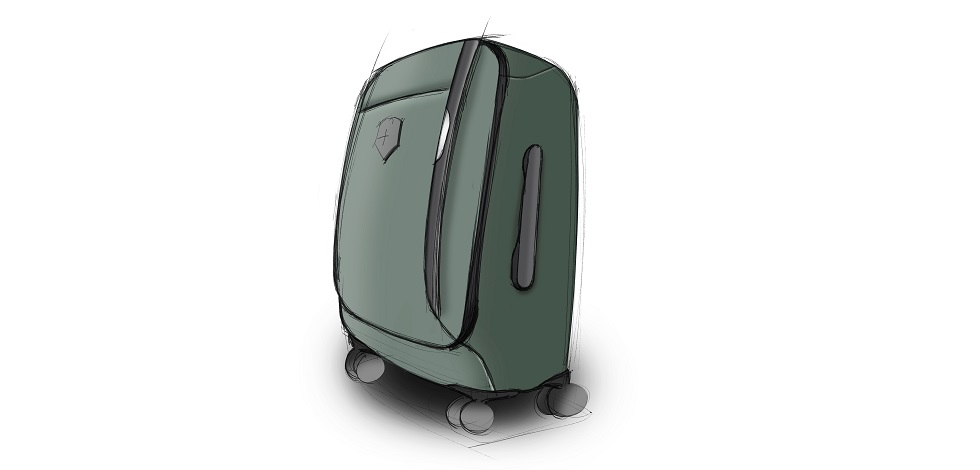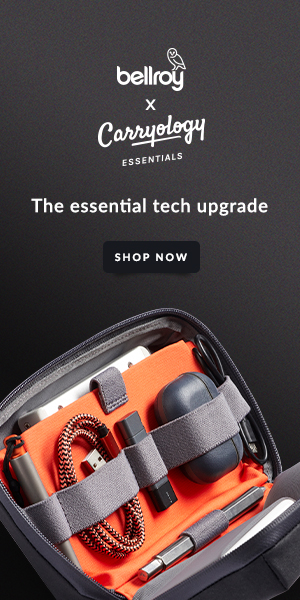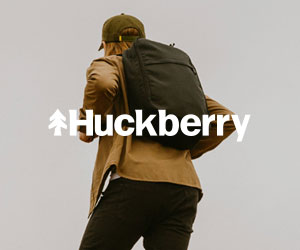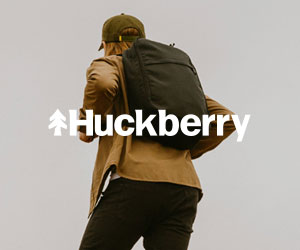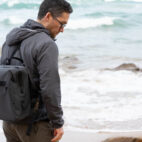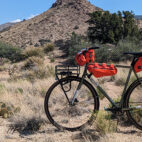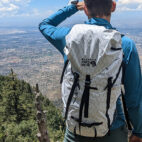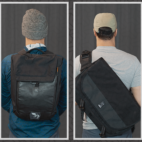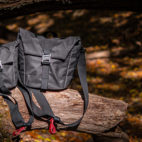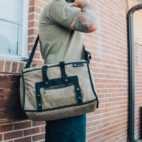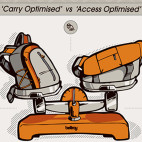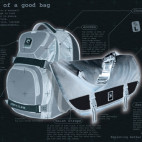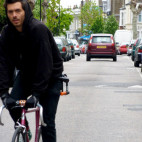Interview with Victorinox (Part II)
In the second part of our interview with Victorinox Travel Gear AG CEO Carsten Kulcke, we delve into future developments and direction, as well as key changes in travel…
–
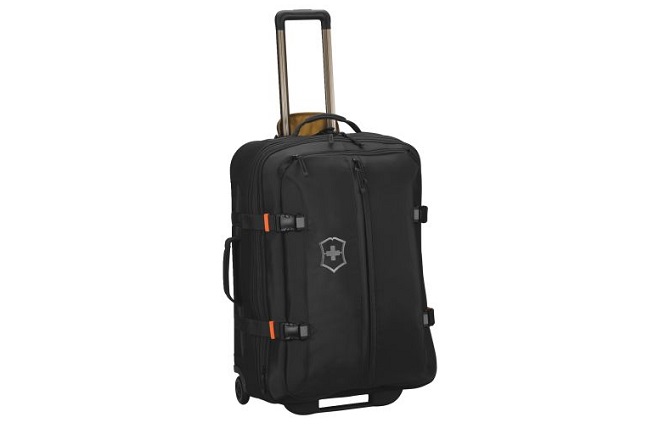
Wenger was bought into Victorinox some years ago as well, wasn’t it? So it feels like overall the brand is almost cleaning up and getting more control of more things from the Swiss Army endorsement, through to the travel sector. And it’s been basically only a B2B business so far, is that right? Victorinox Travel Gear has not had any direct-to-consumer sales so far?
So first of all, yes, Wenger is part of the Victorinox Group. And it’s positioned as the more mass market brand. That’s why you can see it in the bigger retail chains, while Victorinox very much goes after the owner’s position as a “premium” brand, where we say the most sophisticated user – the frequent user – goes and looks at the merchandise. When it comes to the question of direct exposure to consumers, the Victorinox brand plays in very different levels in different parts of the world. Victorinox is a truly global brand due to the fact that the Swiss Army Knife gets distributed in every corner of the world. So we have very broad access to distribution. Nevertheless, it’s very different in different parts of the world.
In Europe, we have our brick and mortar stores; we have our e-commerce. We have the same in the US. In other areas, it’s much more a distribution setup where we work with distributors, import the goods, and distribute them to the public.
If I look over the current travel gear range it feels like there’s quite a number of legacy pieces, quite a few updates, quite a few SKUs. A lot of interesting things there. But it’s quite hard for a consumer to navigate across the whole range and understand which parts or when. Do you think we’ll start to see more of a cohesive structure to the range and more understanding as to which bits you go to when and why?
Yes. For sure that part will come. And it’s part of the rollout of products which are better dedicated to the marketplaces. I mean, we have seen in the last years that there has been a massive push for hard-side developments versus soft-side bags. And in the past, the Victorinox Group has not really followed this in a way where I would say this is appropriate to what the marketplace is asking for. So the interesting challenge for us is now to bring more hard-side product which has still the flexibility and the extra features as soft-side products had in the past and provided to the consumer in the past. And along that remodeling of our merchandise, we will also have the opportunity to streamline our portfolio in general.

Exciting. And for you at least, is the big focus going to be the luggage? In that area of travel goods, is that what you consider the spearhead? Is that what you consider the core of your area? Because there’s also, you could say backpacks, messengers, travel accessories, power adapters, there’s all the extra bits around it. But does it feel like that luggage set, that wheels luggage is the core of what you want?
For me there’s not one single focus of it. Overall, Victorinox is good in the area of providing travel solutions. And it really stems from the idea of this pocket knife where you get a lot of abilities and preparedness for whatever you need to do with a single tool. And that is the approach which we take. And then we go to the travel community and ask ourselves, “What does it take to actually travel? How do we bring the functionality which a traveler needs into the goods in a way that they’re as compact as possible and allow the flexibility and the ability to adapt – the preparedness – for trips in general and then in the deviations of is it a one-day trip, is it just a commute to the office or is it a multiday trip?”
“…the interesting challenge for us is now to bring more hard-side product which has still the flexibility and the extra features as soft-side products had in the past…”
And from there we break it down. And then for sure our range has to be broader. We’re not going to be just luggage or we’re not going to be just the business case. Because those tools definitely are required in different sizes for different applications. But that’s why for example our travel organizer, which is a very small accessory, is one of the most successful products in our range, because it really fits into the question of preparedness. The ease of use during trips is what the underlying foundation for our developments is. And for us it’s scalable. It’s the travel organizer, but it’s also the suitcase. But the suitcase, then, has to be seen in the configuration with the edit piece which goes onboard. Functionality between those two, the question of how will they stack properly, at what time of the trip do I just need the one, at what time of the trip do I need the other one, what does it mean when I fly inbound, what is outbound? A lot of people fly to a place, start purchasing a lot of things because it’s either vacation or it’s a different cultural environment, and they like to bring something home from there and all of a sudden you have… We all know the question of flexibility, of sizing and volumes, how you bring the extras back home. And those questions are possibly the starting point for decisions about our portfolio.
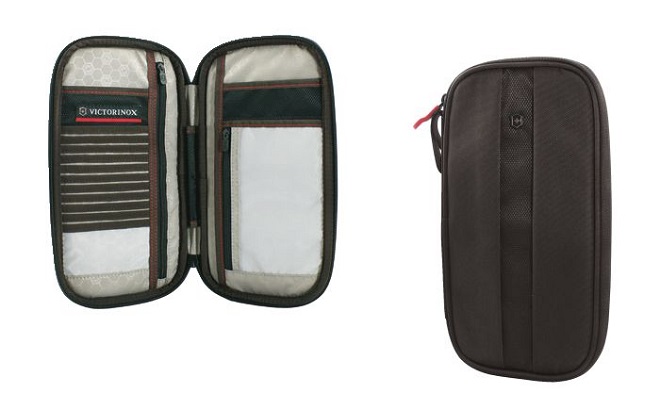
That’s exciting. And you’ve come from Rimowa, North America, and a bit over a year now in Victorinox? That’s quite an exciting shift. Are you finding the world very different or quite similar?
Yes and no. I think what I find is that there are some differences which are definitely very positive because the range of product, it’s much more intriguing to me here, since it’s really more travel solutions than just suitcases on the Rimowa side. But on the other end what is well done at Rimowa is pretty much what you pointed at. It’s very clear from the statement and the goal. And this has been lost probably a little bit in the past on the Victorinox side as a license. And I now have basically the full tool set to bring this back.
So what I loved at Rimowa was the focus on the manufacturing and doing truly good pieces for the consumer. So really creating fantastic products for the consumer. And this is what I can do now here, but in a broader range where we’re not tied to just one or two materials and one solution. I can now look really at the consumer need and say, “Well, if it’s the soft piece which fulfils the needs, I can actually do a soft piece.” If I’m looking for hard material to create a solution then I can look for the hard material. And I’m not handcuffed to one style, one material, that’s it. And it is a solution or we’re not going to do it. So that makes it much more fun, the Victorinox brand.
Wonderful. So then, as you dive in, how do you make sure you’re not running around at numerous different projects? How do you make sure you know where to start and you’re starting on the right things that will make the right difference?
It all goes back to the question of monitoring what the marketplace is doing, or much more monitoring what changes are happening in the travel pattern. So when we look at the consumers we have now very long discussions about what’s going to happen with carry-on luggage. Carry-on luggage will obviously have to change in the near future, a bit driven by the change of the airline configurations, of their planes. So they all have adapted now. Creations of new overhead compartments are getting rolled out in the next years. US carriers have started adapting the new sizing for it. And Europe most likely will follow suit.
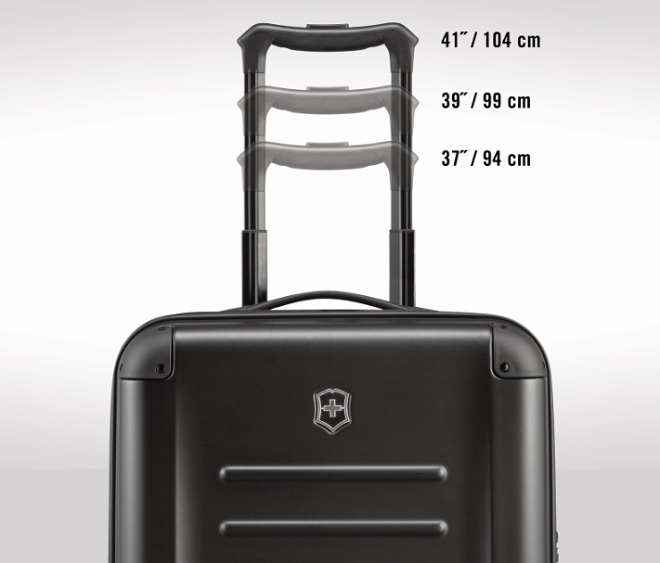
Didn’t they get cold feet and stop that? I thought there was the new standard, and then recently they’ve all said “Oh, okay. Well, maybe we won’t ask you to downsize your carry-on!”
And very true of what IATA allowed as a recommendation. They basically back-pedaled. Everybody was whacking us over the head, nobody seems to really want to have it. But there is the anticipation of what is going to happen. There’s one fact which nobody will be capable of overcoming. The airlines – the carriers had asked Boeing and Airbus for bigger space on the plane so that more carry-on luggage can be brought in there. So the manufacturers said “Well, we have a way.” So they basically increased the height of the overhead bins. And with that came the concept that you don’t store your carry-on flat in there, but you basically put it like a book in a more upright position in there. And with that comes the requirement that you have to shrink the width of your carry-on from 40 to 35 centimeters. And it doesn’t really matter what the IATA is saying. It doesn’t really matter what – if they call it a recommendation and back-pedal, all future planes are going to have this configuration of compartments. So we already know that the 35 centimeters is going to be the requirement. And the question now is “Okay. How deep might it be? Is it just the 20 centimeters which is used in Europe or is it the 23 centimeters which is used in the US, or is it something the carry-on might allow you to do? If it’s not 35 wide, you actually can’t put it in.” And therefore you have basically a requirement to think of now. “What are we going to do? How do we bring all the functionality into at least this width of a bag and what is the solution for the consumer in the future?”
“…the idea of this pocket knife where you get a lot of abilities and preparedness for whatever you need to do with a single tool…that is the approach which we take.”
And taking those things as a standard, then the question of “How much electronics do we bring? Where is the interface between us as a consumer? What does the smartphone in your pocket allow you to do, and what refraction does this have on your other traveling goods?’’ Those are the questions we’re dealing with to make sure that we focus on the right things for the consumer.
In 2014 there was the Red Dot Award for some of your luggage. Is that sort of a hint of what’s to come? Because that was a lot of thinking around adaption of electronic goods and how to kind of deal with those and nest them. Is that the sort of things we can expect more of?
Absolutely. The core part of the Victorinox brand is multi-functionality. When you take multi-functionality and innovation, then you basically know we, as a brand, want to be – and that’s also what the assignment to our development groups is. We have two more of those brand essences, the core attributes we’re going for. And this is the design that we truly want to bring to market, and the quality which for a Swiss company is pretty much a given. This Red Dot Award was from that perspective a great representation of this because the dual-access Spectra carry-on has a great design, but it also has this extra functionality. It was the first case with the hard-shell, the pocket. You can open it up. You have the hard-shell case, but you have direct access to your laptop or to the things you need on the go without opening the whole case up and basically showing what else you carry.
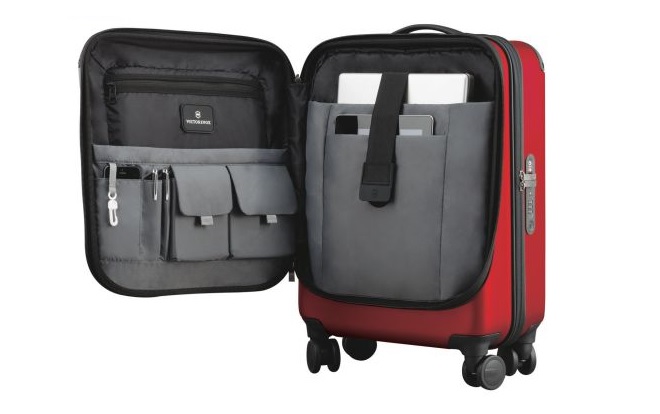
Absolutely. If you look at duffel bags for instance, they’ll often be designed at one size and then just scaled up with all the same feature sets. So it gets to the point where if you put the backpack straps on this duffel bag, the bag’s hanging below your bum, and you can’t walk at all. Often in suitcases and luggage you see that same thing. It’s designed at one size and then scaled. But it just stops working in certain sizes. It just falls apart. And with carry-on, that sandwich construction, you need your hotel bed to lay that open to actually get to your contents. So it’s flawed, and yet so used because there’s other benefits. There’s still many cases where it feels like the scale has moved but the product has broken along that journey.
Very much so. The crazy part, though, was that – and that was one of the lessons I learned at Rimowa – is that people still carry a lot of things. So we say, “Well, all the bigger suitcases they get, at the end of the day they get to be really unpractical, because they’re just too big.” When you start scaling it upwards, it gets kind of weird. But I guess there’s the reality of the need to bring many goods. People love their shopping needs and they just go nuts for it.
“The core part of the Victorinox brand is multi-functionality.”
One of the developments we’re just going through and we will launch this in the first quarter next year is actually an expandable hard case, but not expandable in a way as the hinge maybe. This is a five-hinge expansion. So you actually have two suitcases in one. So you can carry it as a small suitcase on the outbound trip. But then you can really stop and shop for things and it all goes in there. And on top of that it’s actually a top-loaded case so it’s not 50 splits so you need to share it with your bed. You can have it on the side and you can still use your own bed.
Again, those are the developments which are really driven by the consumer needs. What do we do when we travel? What are our real needs? And some of them might be not the smartest when it comes to this shopping behavior. But nevertheless this is what we I guess all do at times when Christmas is around and you have a lot of people to think about and then, well, it’s not all the time that it’s a pocket knife you want to get, which is very small and compact. But then all of a sudden the bigger goods come out and suitcases have to be flexible for it.
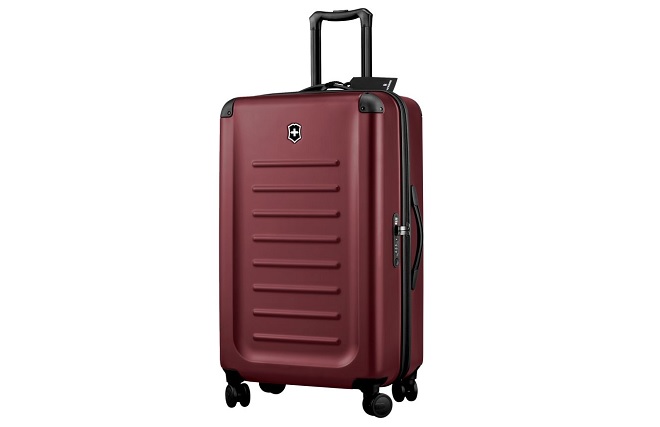
In terms of the markets, do you feel like Europe and the US are the big pushes for you? Or, you have such a global footprint, is it that you really are trying to understand many, many markets and trying to balance development needs for all of them?
We are a truly global brand, so we’re not going to do a lot of specifics for markets. So we’re not going to do a collection for a specific cultural environment. We know that travel nowadays is really multinational anyway. And a lot of people hop across cultural boundaries twice per week, it feels. Which means that a lot of the adaptations will come. What we do see, though – and this is where my heart and soul really is – is that we definitely have different sizes and different styles when it comes to the more open areas. Societies which still have a lot of room and space, compared to the more condensed metropolitan areas where things just have to be smaller and slimmer. You don’t want to have this massive suitcase in Manhattan. And for sure you don’t have the space to store it. It’s just that the density is so high that you can’t live with it the way you would do in Cleveland. You may have an area where space is okay. If the car is bigger it will still fit into the parkway. It’s very different to a society where actually there’s no car for you because it just doesn’t work. It’s public transport and every square inch really is expensive. That has for sure huge implications on what we do when it comes to travel gear solutions. So there we need to be very clear that they have to have a range which works for those two applications.
It feels like you have an awareness of the industry but you also have a desire to genuinely make good product. It feels like the business structure is becoming more appropriate for making good business and good product. I’m sure you have issues like every brand and business in the world, but it feels like there should be a really good momentum in the coming years.
I only can speak for what has happened in the last year. And a lot of times when we go through changes and we have to manage changes, there’s a resistance and there is hesitation and there is complication in different topics. So this can pile up to frustrating moments. But when you’re on the other side, when you then look back and say, “Holy crap. Where are we coming from? What have we actually put in place already? What are the opportunities we realistically can go after now where we just had no clue six months ago?” Then actually it’s a great place to be in right now, because we really can form it, we can mold it and we’re very eager to succeed with product development, which results in a really good product – hard product, good product, usable product, charming product. And this is the great part. The Victorinox brand is so strong with a lot of people already. Sure, it’s mostly about the pocket knives, it’s about the watches. But now to create the same fire for the travel gear is just an amazing thing to do.
Great, thank you.
Excellent. It’s been a great pleasure.
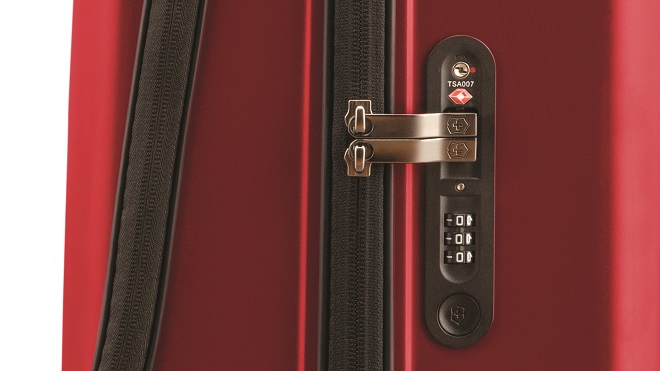





 Carry Awards
Carry Awards Insights
Insights Liking
Liking Projects
Projects Interviews
Interviews
